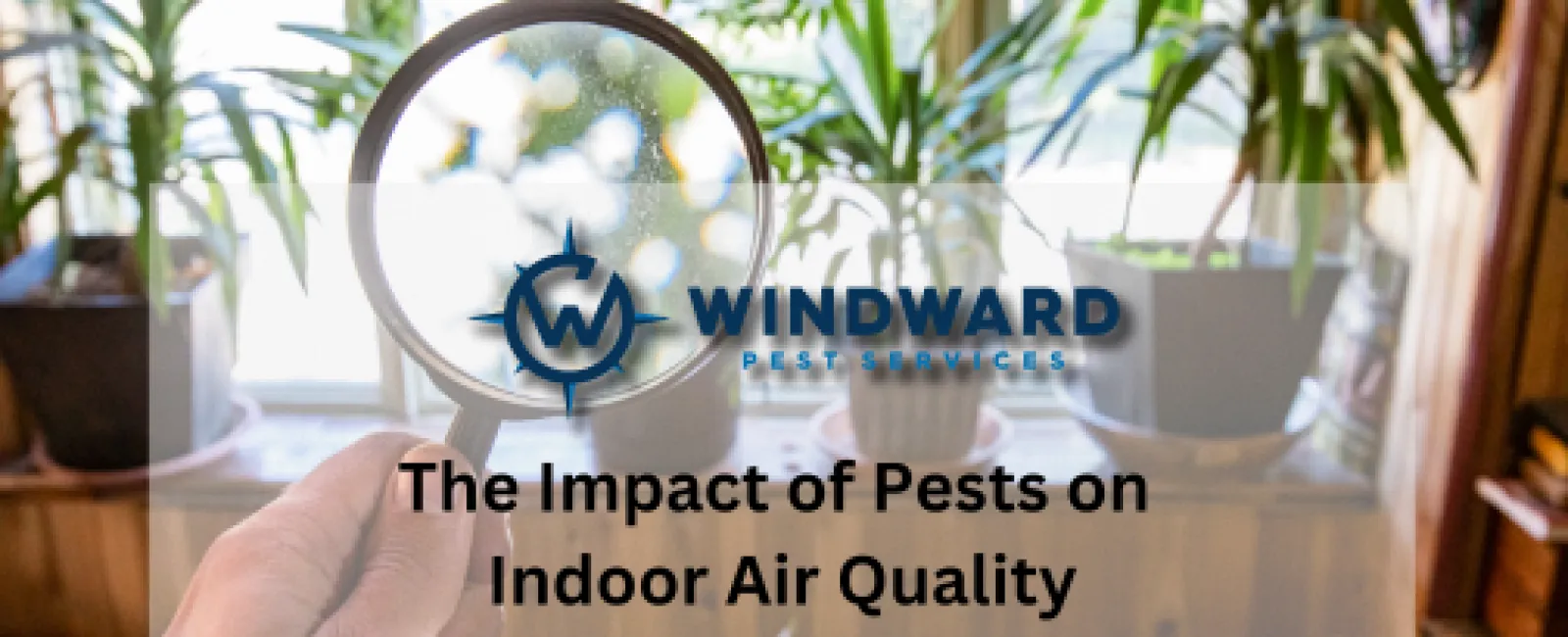Pests aren't just a nuisance—they can also have a significant impact on indoor air quality, posing health risks to occupants. Understanding how pests affect air quality and implementing effective pest control measures is essential for maintaining a healthy living environment. Here's a closer look at the relationship between pests and indoor air quality:
Pests and Indoor Air Quality
Allergens: Pests such as cockroaches, rodents, and dust mites produce allergens that can trigger asthma and allergic reactions when inhaled. These allergens can become airborne and circulate throughout your home, compromising air quality.
Droppings and Sheddings: Pest droppings, shed skin, and saliva contain allergens and pathogens that can contaminate indoor air. In poorly ventilated areas, these particles can accumulate, exacerbating respiratory issues and allergies.
Microbial Growth: Moisture-loving pests like termites, ants, and cockroaches can contribute to mold and mildew growth in damp areas of your home. Mold spores released into the air can worsen respiratory conditions and cause respiratory infections.
Volatile Organic Compounds (VOCs): Some pests emit volatile organic compounds, such as the odorous chemicals released by ants and roaches. These compounds can cause headaches, dizziness, and respiratory irritation when inhaled.
Disease Transmission: Pests like mosquitoes, flies, and rodents are vectors for various diseases, including West Nile virus, Lyme disease, and hantavirus. Infected pests can introduce pathogens into your home, posing health risks to occupants.
Importance of Pest Control
Preventive Measures: Implementing preventive pest control measures can help minimize the risk of pest-related air quality issues. Seal cracks, eliminate moisture sources, and maintain cleanliness to deter pests from entering your home.
Integrated Pest Management (IPM): IPM strategies focus on proactive pest prevention and environmentally responsible treatment methods. By combining multiple approaches, IPM effectively targets pests while minimizing pesticide use.
Air Duct Cleaning: Regular cleaning and maintenance of HVAC ducts can help remove pest-related debris, allergens, and contaminants from indoor air. Professional duct cleaning services can improve air circulation and quality.
Monitoring and Surveillance: Regular pest monitoring and surveillance allow homeowners to detect pest activity early and address infestations before they worsen. Implementing traps, baits, and monitoring devices can help track pest populations and activity levels.
Professional Pest Control Services: Consulting with a licensed pest control professional is essential for effective pest management. Professionals can conduct thorough inspections, identify pest species, and recommend tailored treatment plans to address pest infestations and improve indoor air quality.
By addressing pest infestations promptly and implementing comprehensive pest control measures, homeowners can safeguard indoor air quality and create a healthier living environment for themselves and their families.

